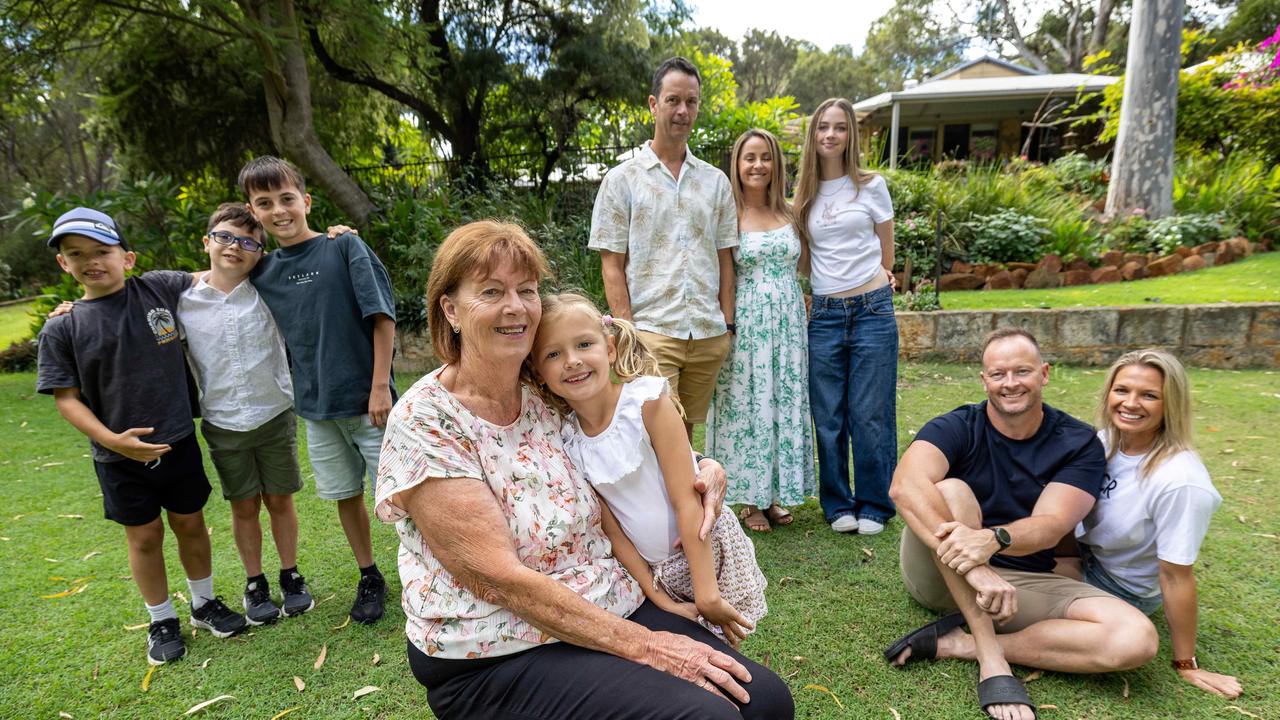Sirtex looks sure to deliver
SIRTEX Medical Limited (SRX) is perhaps not a business you are familiar with, but we believe it's a real success story with bright prospects.
SIRTEX Medical Limited (SRX) is perhaps not a business you are familiar with, but we believe it's a real success story with bright prospects.
This Australian medical business' core product is SIR-Spheres, which deliver a highly focused radioactive dose directly to liver cancers.
Approximately 600,000 cases of liver cancer are diagnosed each year, including 19,000 in the US, 54,000 in Europe and 390,000 in China, Korea and Japan. Chemotherapy has been the gold standard in treatment for many decades, but the combined use with SIR-Spheres is growing.
While it's early days, it is hoped that the focused nature of the treatment, which delivers a radioactive dose several times the potency of standard chemotherapy, will be enough to shrink tumours to a size at which they can be removed.
Strong growth in sales has led Sirtex to undertake a Phase III trial and we expect the results to be announced in early 2015. A number of smaller trials have shown excellent outcomes, and we anticipate that the Phase III trial will result in much broader adoption of SIR-Spheres.
Sirtex is currently expanding its sales teams and US and German manufacturing facilities in anticipation of strong demand, and it is continuing to update shareholders on how dose sales are tracking. The following statement is from Sirtex's most recent quarterly disclosure, on October 4: "Sirtex Medical Limited today announced sales of its SIR-Spheres microspheres-targeted radiation therapy for liver cancer grew 4.1 per cent for the quarter ended September 30 compared to the previous corresponding period. Sirtex has now recorded 37 consecutive quarters of positive growth."
The update seemed to disappoint and the share price declined, so for context let's compare the past 12 quarterly disclosures. We suspect the negativity is due to the growth rate being low compared to exceptional historical performance. Four per cent growth as the new normal would be concerning for the future prospects of SIR-Sphere dose sales as it might imply the outlook for the business has faded.
Is the growth profile as attractive as it once was? In the same period last year, a record 37 per cent in dose sales growth was achieved. The September 2013 quarter numbers were therefore "cycling" off a very high base.
We therefore view the market's reaction to the recent disclosure as an overreaction. Perhaps more important to focus on was the following sentence: "Dose sales increased in the Americas by 6.6 per cent and 10.2 per cent in APAC (Asia Pacific). EMEA (Europe, Middle East and Africa) declined 5.1 per cent."
While US and APAC growth impressed, EMEA is potentially a very large market for SIR-Spheres, so it's important to understand what caused the 5.1 per cent contraction. One of the key risks to Sirtex's business model is whether hospitals and practitioners that use SIR-Spheres have access to an adequate level of "reimbursement".
This is a fundamental driver of all medical device use. Should reimbursement ever become unavailable, demand will simply decline.
Across major markets in Britain, the US and the Asia-Pacific, there are diverse funding schemes. In Britain, SIR-Spheres were until recently captured under the UK Cancer Drug Fund reimbursement system. A SIR-Sphere, however, is a device, not a drug. And when this was picked up it was promptly removed. For a large portion of the September 2013 quarter, Sirtex's SIR-Spheres transitioned into a new scheme, Commissioning through Evaluation (CtE). This was expected to finish in July, but due to delays it has been delayed until next month.
During this period, reimbursement for the device is effectively in limbo, and this has resulted in a significant reduction in dose sales in Britain.
This is clearly a short-term negative, but in time it will potentially benefit sales. Rather than dealing with six regional cancer drug funds, institutions and practitioners will only have to deal with one national CtE scheme, making it easier to access reimbursements in the future.
Like any growing business, there are likely to be bumps along the way. Relatively few Aussie inventions have ever improved the quality of lives of patients all over the world. Cochlear's hearing devices are one example. Seeing current Sirtex management in action gives us confidence that, in time, SIR-Spheres will be recognised as another.
Roger Montgomery is the founder of Montgomery Investment Management.



